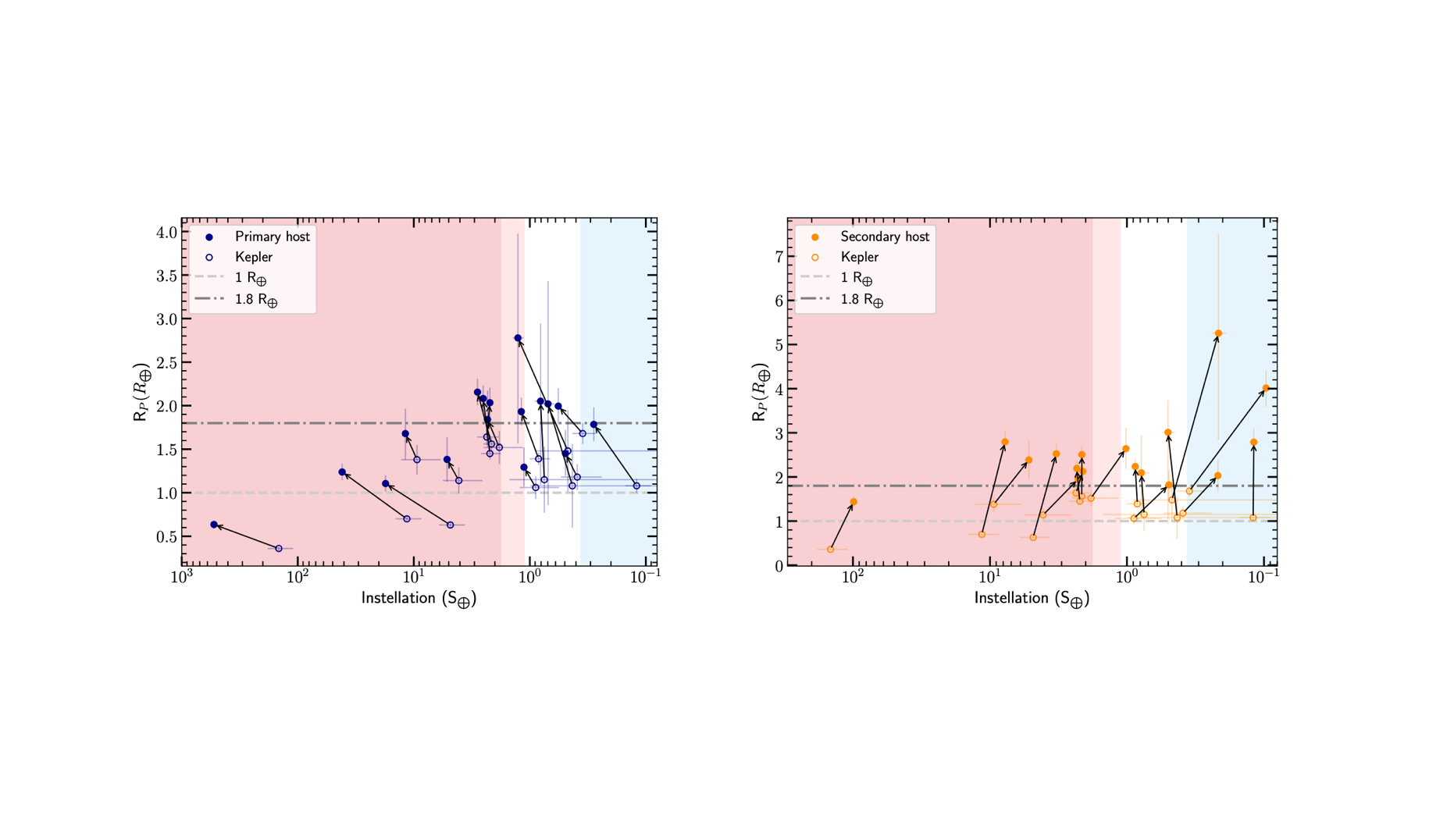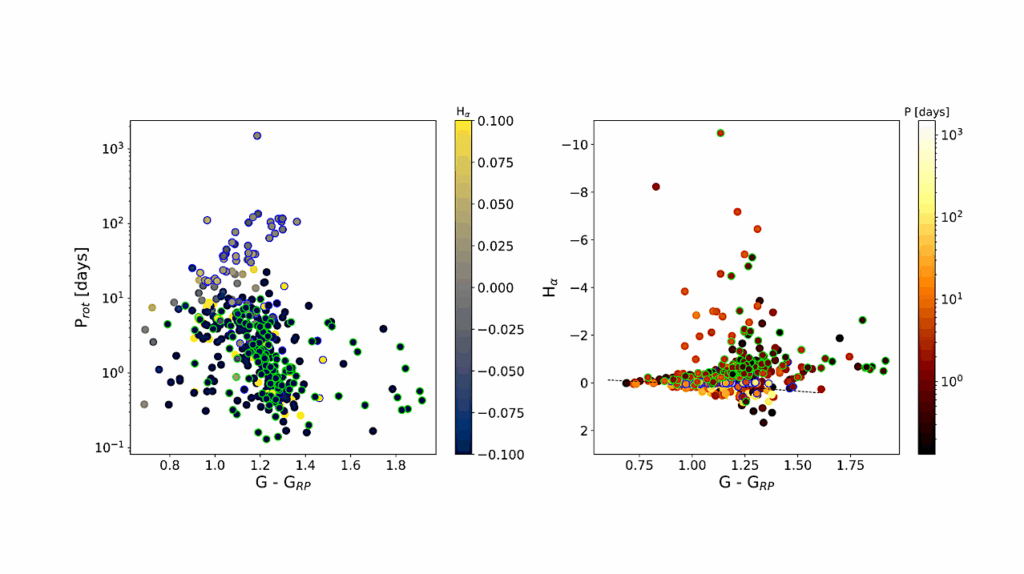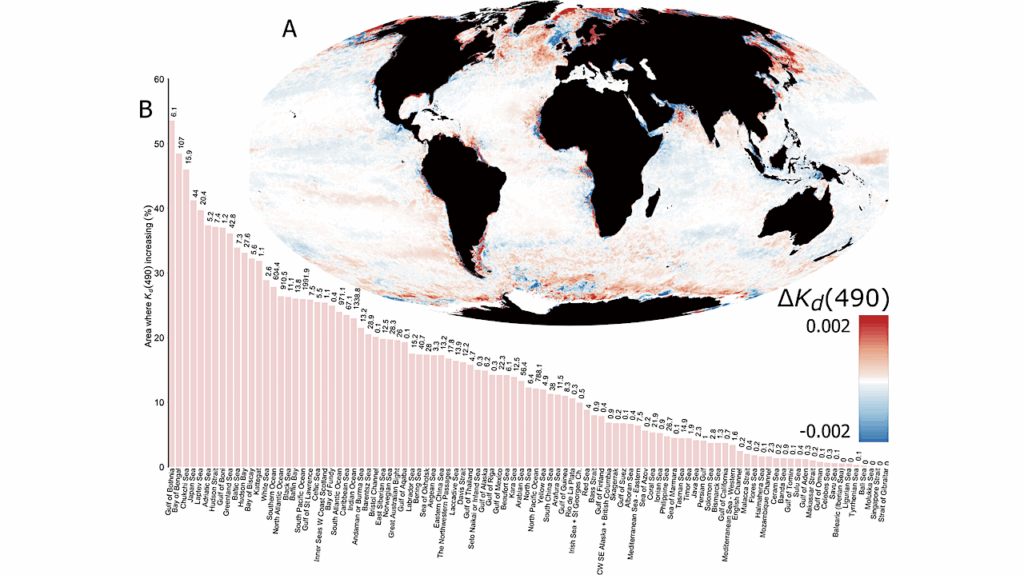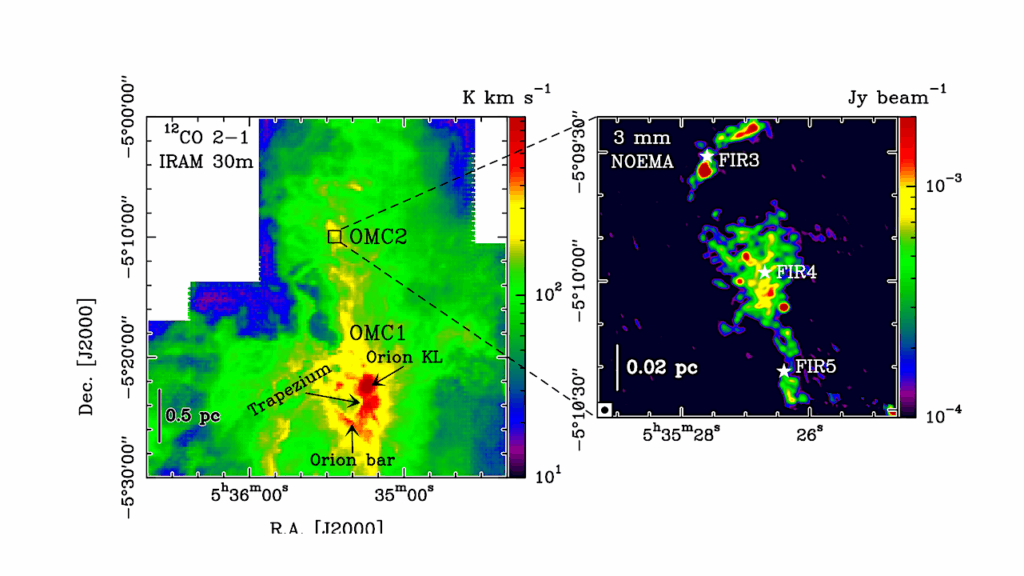Revising Properties of Planet-host Binary Systems II: Apparent Near-Earth Analog Planets in Binaries Are Often Sub-Neptunes

Left: Planetary radius if the primary star is the planet host, plotted against the instellation flux for the planet. The open circles denote the Kepler values, while the closed circles denote the revised values from this work. The dark red shaded region is the region inside the optimistic HZ, while the light red shaded region is the instellation range between the conservative and optimistic HZ. The blue shaded region falls outside both the conservative and optimistic HZs. The light and dark gray dotted lines show the 1 and 1.8 R⊕ boundaries, respectively. One of the planets originally outside the HZ moves into it. Almost all the planets in the HZ move above the radius gap. Right: The same figure but if the secondary star is the planet host. All but one of the planets fall above the radius gap if the secondary star is the planet host, and no Earth-size planets remain in the HZ.
Identifying rocky planets in or near the habitable zones of their stars (near-Earth analogs) is one of the key motivations of many past and present planet-search missions. The census of near-Earth analogs is important because it informs calculations of the occurrence rate of Earth-like planets, which in turn feed into calculations of the yield of future missions to directly image other Earths.
Only a small number of potential near-Earth analogs have been identified, meaning that each planet should be vetted carefully and then incorporated into the occurrence rate calculation. A number of putative near-Earth analogs have been identified within binary star systems. However, stellar multiplicity can bias measured planetary properties, meaning that apparent near-Earth analogs in close binaries may have different radii or instellations than initially measured.
We simultaneously fit unresolved optical spectroscopy, optical speckle and near-infrared AO contrasts, and unresolved photometry, and retrieved revised stellar temperatures and radii for a sample of 11 binary Kepler targets that host at least one near-Earth analog planet, for a total of 17 planet candidates. We found that 10 of the 17 planets in our sample had radii that fell in or above the radius gap, suggesting that they are not rocky planets. Only 2 planets retained super-Earth radii and stayed in the habitable zone, making them good candidates for inclusion in rocky planet occurrence rate calculations.
Kendall Sullivan, Adam L. Kraus
Comments: Accepted to AJ. 11 pages + 1 appendix. The most up-to-date version of the analysis code is available at this https URL
Subjects: Earth and Planetary Astrophysics (astro-ph.EP); Solar and Stellar Astrophysics (astro-ph.SR)
Cite as: arXiv:2208.07428 [astro-ph.EP] (or arXiv:2208.07428v1 [astro-ph.EP] for this version)
https://doi.org/10.48550/arXiv.2208.07428
Focus to learn more
Submission history
From: Kendall Sullivan
[v1] Mon, 15 Aug 2022 20:28:47 UTC (9,777 KB)
https://arxiv.org/abs/2208.07428
Astrobiology








